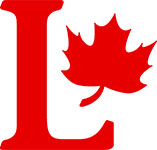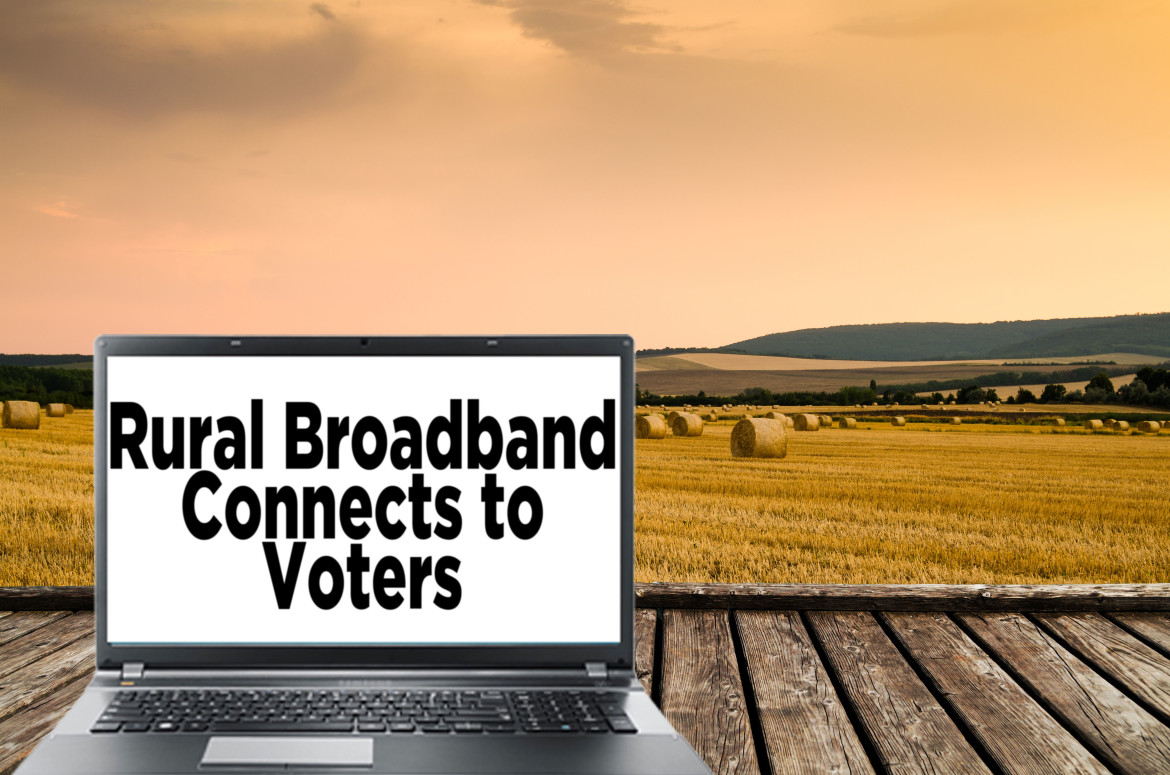John Duncan – Minister of State and Chief Government Whip – Courtenay-Alberni BC
In the four elections Duncan has contested under the Conservative banner in Vancouver Island North, he has won three and lost one, with the greatest margin of victory being 3%. With the NDP currently leading all of the polling projections on the Island by a substantial margin, and the riding redistribution putting Duncan into an area where he was not the incumbent, this race might not end up being close in the end.
August 27 ThreeHundredEight Projection
 |

|
|
30.3
|
48.8
|
|
CLOSE
Bernard Valcourt – Minister of Aboriginal Affairs and Northern Development – Madawaska-Restigouche NB
The 2011 election result brought this riding back into the Conservative fold after being a Liberal stronghold since 2000. With the most recent riding projections putting the former leader of the New Brunswick Progressive Conservatives over 20% behind, it will be an uphill fight for Valcourt to keep the riding blue.
August 27 ThreeHundredEight Projection
 |
 |
|
27.3
|
47.6
|
|
CLOSE
Chris Alexander – Minister of Citizenship and Immigration – Ajax ON
Alexander, who won a Liberal-held seat that stretched back to 2004 in the last election, was involved in one of the tightest races in the Greater Toronto Area last time around. It doesn’t get any easier, as he moves to a new riding, and faces an old foe, in three-term former Liberal MP Mark Holland.
August 27 ThreeHundredEight Projection
 |
 |
|
35
|
44.2
|
|
CLOSE
Joe Oliver – Minister of Finance – Eglinton-Lawrence ON
Since Confederation, only two sitting Finance Ministers have ever lost their seats during a general election. Running in a seat that had elected a Liberal in every election since 1979 until Oliver won it in 2011, he will be in tough against a popular local Liberal candidate, Marco Mendicino, and a former provincial NDP Finance Minister, Andrew Thomson
August 27 ThreeHundredEight Projection
 |
 |
|
36.9
|
39.6
|
|
CLOSE
Greg Rickford – Minister of Natural Resources – Kenora ON
This race in Northern Ontario has three of the high profile candidates with a current Minister (Rickford) taking on a former Minister (Liberal Bob Nault) and a former provincial party leader (Howard Hampton). In recent weeks, the Liberals have been slipping behind, but don’t be surprised if it ends up being a tight three-way finish.
August 27 ThreeHundredEight Projection
 |

|
|
35.8
|
37.1
|
|
CLOSE
Kerry-Lynne Findlay – Minister of National Revenue – Delta BC
Findlay moves into the new riding of Delta for this election, which has more NDP support that her previous riding of Delta-Richmond East. This will end up being a close three-way race that could go in any direction on October 19th.
August 27 ThreeHundredEight Projection
CLOSE
Gail Shea – Minister of Fisheries and Oceans – Egmont PE
Shea, a two-term MP, is the only Conservative with a seat on Prince Edward Island. She has a strong profile in the region, however could end up being a victim of dropping Tory support in Atlantic Canada.
August 27 ThreeHundredEight Projection
 |
 |
|
37.3
|
43.4
|
|
CLOSE
Alice Wong – Minister of State (Seniors) – Richmond Centre BC
With the downturn in Conservative fortunes in British Columbia, Wong is facing an increased challenge from the Liberals in a riding that has the largest Chinese population in all of Canada. The fact that she had a 40% cushion to work with, based on 2011 redistributed results, should work in her favour come election day.
August 27 ThreeHundredEight Projection
 |
 |
|
39.3
|
31.6
|
|
CLOSE
Leona Aglukkaq – Minister of the Environment – Nunavut
Another long-held Liberal riding the Grits are looking to retake, Aglukkaq is facing a strong challenge from former Territorial MLA Hunter Tootoo. She has been trending ahead in recent polling projections, and in such a vast riding, a strong GOTV effort will be required to ensure Aglukkaq retains the seat
August 27 ThreeHundredEight Projection
 |
 |
|
38.8
|
36
|
|
CLOSE
Ed Holder – Minister of State (Science and Technology) – London West ON
London West served as a solid Liberal territory since riding was formed back in 1968, only switching allegiances during the Mulroney years, until Holder won the seat in 2008. Recent riding polling projections still show a slight lead for Holder, however with strong challenges from both the Liberals and NDP, there is little room for error.
August 27 ThreeHundredEight Projection
CLOSE
James Rajotte
Edmonton—Leduc
Party: Conservative
Tenure: 2000-2015
CLOSE
Leon Benoit
Vegreville—Wainwright
Party: Conservative
Tenure: 1993-2015
CLOSE
Massimo Pacetti
Saint-Léonard – Saint Michel
Party: Independent
Tenure: 1999-2015
CLOSE
Scott Andrews
Avalon
Party: Independent
Tenure: 2009-2015
CLOSE
Francine Raynault
Joilette
Party: NDP
Tenure: 2011-2015
CLOSE
Marc-André Morin
Laurentides-Labelle
Party: NDP
Tenure: 2011-2015
CLOSE
Pierre Jacob
Brome-Missisquoi
Party: NDP
Tenure: 2011-2015
CLOSE
Tyrone Benskin
Jeanne-Le Ber
Party: NDP
Tenure: 2011-2015
CLOSE
Christian Paradis
Mégantic-L’Érable
Party: Conservative
Tenure: 2006-2015
CLOSE
Peter MacKay
Central Nova
Party: Conservative
Tenure: 1997-2015
CLOSE
Shelly Glover
Saint Boniface
Party: Conservative
Tenure: 2009-2015
CLOSE
Gerry Byrne
Humber-St.Barbe-Baie Verte
Party: Liberal
Tenure: 1996-2015
CLOSE
Dick Harris
Riding: Cariboo—Prince George
Party: Conservative
Years of Service: 22
CLOSE
Gerald Keddy
Riding: South Shore—St. Margarets
Party: Conservative
Years of Service: 18
CLOSE
Greg J. Kerr
Riding: West Nova
Party: Conservative
Years of Service: 9
CLOSE
Yvon Godin
Riding: Acadie—Bathurst
Party: NDP
Years of Service: 18
CLOSE
Mike Allen
Riding: Tobique—Mactaquac
Party: Conservative
Years of Service: 11
CLOSE
Claude Patry
Riding: Jonquière – Alma
Party: BQ
Years of Service: 4
CLOSE
Sana Hassainia
Riding: Verchères – Les Patriotes
Party: Independent
Years of Service: 4
CLOSE
Irwin Cotler
Riding: Jonquière – Alma
Party: Liberal
Years of Service: 16
CLOSE
André Bellevance
Riding: Richmond—Arthabaska
Party: Independent
Years of Service: 15
CLOSE
Marie-Claude Morin
Riding: Saint-Hyacinthe—Bagot
Party: NDP
Years of Service: 4
CLOSE
Alexandrine Latendresse
Riding: Louis-Saint-Laurent
Party: NDP
Years of Service: 7
CLOSE
Tarik Brahmi
Riding: Saint-Jean
Party: NDP
Years of Service: 4
CLOSE
Dean Delmastro (Resigned)
Riding: Peterborough
Party: Independent
Years of Service: 9
CLOSE
Joe Comartin
Riding: Windsor—Tecumseh
Party: NDP
Years of Service: 18
CLOSE
Maurice Vellacott
Riding: Saskatoon – Wanuskewin
Party: Conservative
Years of Service: 18
CLOSE
Ed Komarnicki
Riding: Souris—Moose Mountain
Party: Conservative
Years of Service: 11
CLOSE
Ray Boughen
Riding: Palliser
Party: Conservative
Years of Service: 7
CLOSE
Diane Ablonczy
Riding: Calgary – Nose Hill
Party: Conservative
Years of Service: 22
CLOSE
LaVar Payne
Riding: Medicine Hat
Party: Conservative
Years of Service: 7
CLOSE
Lise St-Denis
Riding: Saint-Maurice—Champlain
Party: Liberal
Years of Service: 7
CLOSE
Joe Preston
Riding: Elgin—Middlesex—London
Party: Conservative
Years of Service: 11
CLOSE
Frank Valeriote
Riding: Guelph
Party: Liberal
Years of Service: 7
CLOSE
Barry Devolin
Riding: Haliburton—Kawartha Lakes—Brock
Party: Conservative
Years of Service: 22
CLOSE
Chris Charlton
Riding: Hamilton Mountain
Party: NDP
Years of Service: 18
CLOSE
Gordon O'Connor
Riding: Carleton – Mississippi Mills
Party: Conservative
Years of Service: 11
CLOSE
Ted Hsu
Riding: Kingston and the Islands
Party: Liberal
Years of Service: 4
CLOSE
John Baird
Riding: Ottawa West – Nepean
Party: Conservative
Years of Service: 9
CLOSE
Rick Norlock
Riding: Northumberland–Quinte West
Party: Conservative
Years of Service: 15
CLOSE
Gary Schellenberger
Riding: Perth—Wellington
Party: Conservative
Years of Service: 18
CLOSE
Dean Del Mastro (Resigned)
Riding: Peterborough
Party: Independent
Years of Service: 9
CLOSE
Pat Davidson
Riding: Sarnia-Lambton
Party: Conservative
Years of Service: 9
CLOSE
Glenn Thibeault (Resigned)
Riding: Sudbury
Party: NDP
Years of Service: 7
CLOSE
Joe Comartin
Riding: Windsor Tecumseh
Party: NDP
Years of Service: 18
CLOSE
Rod Bruinooge
Riding: Winnipeg South
Party: Conservative
Years of Service: 11
CLOSE
Joy Smith
Riding: Kildonan—St. Paul
Party: Conservative
Years of Service: 11
CLOSE
Garry Breitkreuz
Riding: Yorkton-Melville
Party: Conservative
Years of Service: 22
CLOSE
Brian Storseth
Riding: Westlock-St.Paul
Party: Conservative
Years of Service: 9
CLOSE
Peter Goldring
Riding: Edmonton East
Party: Conservative
Years of Service: 18
CLOSE
Laurie Hawn
Riding: Edmonton Center
Party: Conservative
Years of Service: 11
CLOSE
Rob Anders
Riding: Calgary West
Party: Conservative
Years of Service: 18
CLOSE
James Lunney
Riding: Nanaimo – Cowichan
Party: Conservative
Years of Service: 15
CLOSE
Jean Crowder
MP Name: Jean Crowder
Riding: Nanaimo – Cowichan
Party: NDP
Years of Service: 11
CLOSE
Colin Mayes
Riding: Okanagan – Shuswap
Party: Conservative
Years of Service: 9
CLOSE
Randy Kamp
Riding: Pitt Meadows – Maple Ridge – Mission
Party: Conservative
Years of Service: 11
CLOSE
Alex Atamanenko
Riding: British Columbia Southern Interior
Party: NDP
Years of Service: 11
CLOSE
Russ Hiebert
Riding: South Surrey-White Rock-Cloverdale
Party: Conservative
Years of Service: 11
CLOSE
Libby Davies
Riding: Vancouver East
Party: NDP
Years of Service: 18
CLOSE




